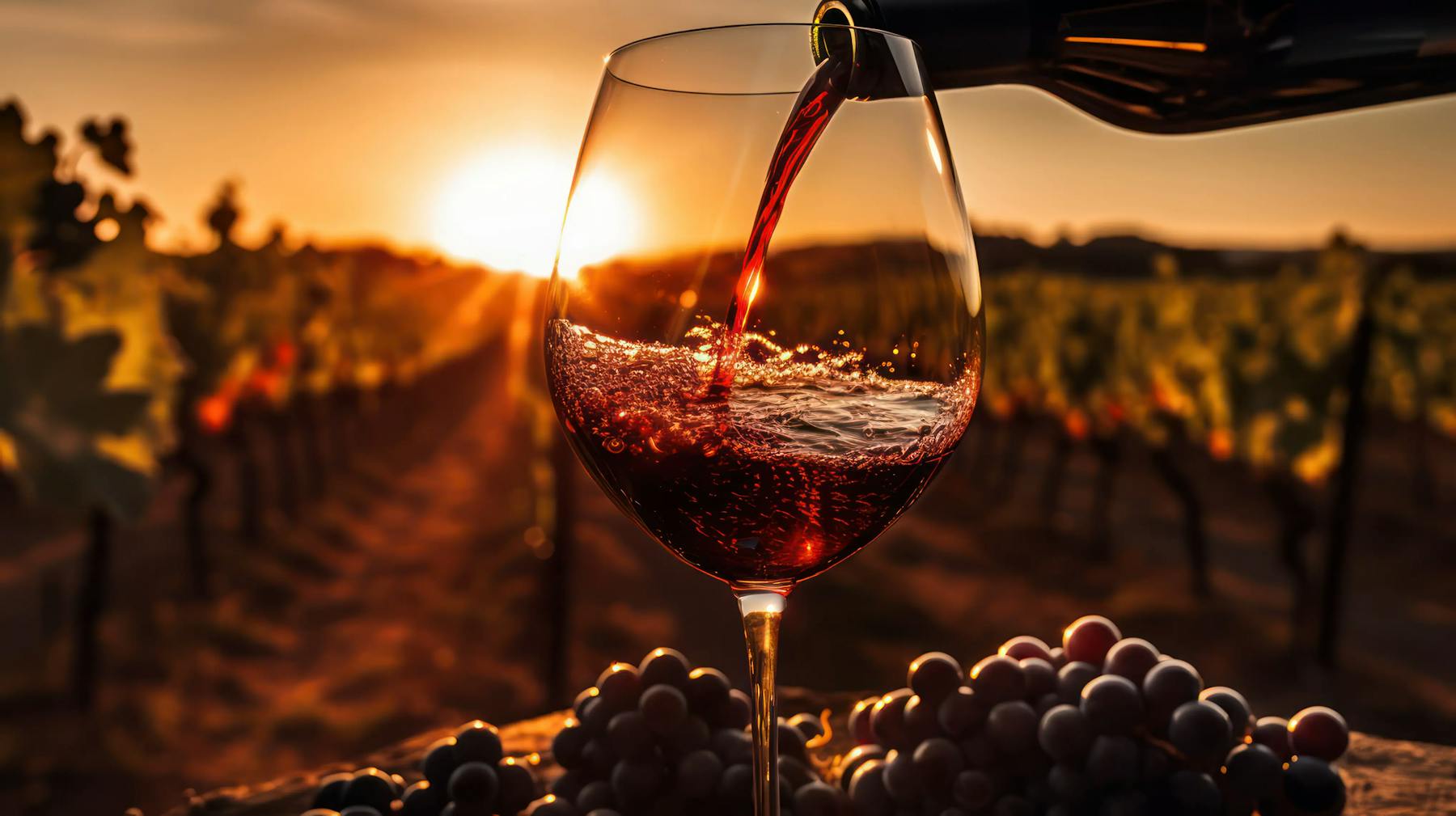- Wine world
Sangiovese: The soul of Italian wines
- Fri, Nov 8, 2024 at 10:00

The origins of the Sangiovese grape
Sangiovese has been cultivated in Italy for centuries, with the first mentions dating back to Roman times. Its name may come from "sanguis Jovis," meaning "blood of Jupiter," highlighting its historical and symbolic importance. Today, Sangiovese is primarily grown in Tuscany, where it is the main grape in the renowned Chianti, Brunello di Montalcino, and Vino Nobile di Montepulciano appellations. Beyond Tuscany, Sangiovese is also grown in Emilia-Romagna, Umbria, and even in certain wine regions in the United States and Argentina.
Characteristics of the Sangiovese grape
Sangiovese is known for its aromas of red fruits, particularly cherry, plum, and sometimes raspberry. You’ll also find herbaceous notes like hints of thyme, basil, or tomato leaf, as well as spicy undertones of black pepper and clove.
On the palate, Sangiovese is marked by a pronounced acidity and well-integrated tannins. It has a relatively light texture for a red wine but offers a depth of flavors. These characteristics make it a structured wine that can age well, developing complex aromas of leather, tobacco, and sometimes forest floor as it matures.
Where Sangiovese is grown around the world?
While Sangiovese is inextricably linked to Italy, it is also grown in a few other regions around the world. Here are the main regions where Sangiovese thrives:
- Italy (Tuscany): Tuscany is the heart of Sangiovese, where it is the primary grape in the Chianti, Brunello di Montalcino, and Vino Nobile di Montepulciano appellations.
- Emilia-Romagna and Umbria: In these regions, Sangiovese produces lighter wines, often enjoyed young.
- United States (California): In California, Sangiovese is grown in small quantities and produces wines with a slightly fruitier profile than those in Italy.
- Argentina and Australia: Some vineyards in Argentina and Australia also cultivate Sangiovese, often blending it with other grapes to create original wines.
Sangiovese and aging
Sangiovese is a grape with excellent aging potential, particularly in appellations like Brunello di Montalcino. With its high acidity and tannins, a quality Sangiovese can age for a decade or more, developing complex aromas of leather, tobacco, and earthy notes. Oak aging is also common, especially for fine Sangiovese wines, adding woody and vanilla notes to its aromatic palette.
What dishes to pair with Sangiovese?
Sangiovese is a versatile wine that pairs beautifully with many Mediterranean dishes.
- Pasta and Tomato Sauces: Sangiovese pairs perfectly with tomato-based sauces, such as pasta alla Bolognese or a margherita pizza.
- Grilled Meats: It goes well with grilled or roasted red meats, such as lamb, beef, or pork.
- Traditional Italian Dishes: Try it with osso buco, parmesan risotto, or herb-topped bruschetta.
- Aged Cheeses: Hard cheeses like Parmesan or Pecorino complement Sangiovese, highlighting its tannins and acidity.
